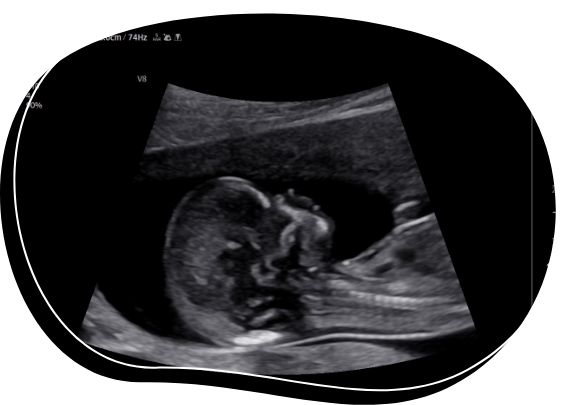
Pijnbestrijding bevalling
Laten we meteen maar met de deur in huis vallen. Bevallen doet pijn.
Maar… hoeveel pijn, hoe je hier mee omgaat en wat je kan helpen tijdens
je bevalling is voor iedereen verschillend. Graag informeren we je over
alle mogelijkheden die er zijn. Natuurlijk is het zo dat sommige opties alleen
voorhanden zijn tijdens een ziekenhuisbevalling.
Natuurlijke vormen pijnbestrijding bevalling
Natuurlijke vormen van pijnstilling kunnen in het begin van de bevalling al helpen. Het zoeken van afleiding, zoals tv kijken, een boek lezen of zelfs een taart bakken, kan ervoor zorgen dat je minder gefocust bent op de weeën en dat de bevalling sneller lijkt te gaan. Ontspanning speelt een cruciale rol, en daarbij kunnen rustige omgevingen, verschillende ademhalingstechnieken, massages, yoga en verschillende houdingen bijdragen aan het beter verdragen van de weeën. Het uitproberen van diverse houdingen helpt je te ontdekken wat het beste bij jou past en wat comfortabel aanvoelt. Denk bijvoorbeeld aan rondlopen, op je zij in bed liggen, onder de douche staan of gebruik maken van een bad. Het afwisselen van houdingen kan ook erg effectief zijn.

Pijnbestrijding bevalling
Tens-apparaat
Een andere mogelijkheid is het gebruik van een geboorteTENS-apparaat. Dit apparaat wordt op je rug bevestigd met vier plakkers en vermindert de prikkeloverdracht van de weeën, waardoor je wat minder pijn ervaart. Het is geen garantie voor volledige pijnverlichting, maar het kan je helpen ontspannen en een snellere ontsluiting bevorderen.
Medicijnen
Als je op zoek bent naar pijnbestrijding met medicijnen, moet je naar het ziekenhuis gaan. Niet alle ziekenhuizen bieden alle vormen van pijnbestrijding aan, dus het is goed om de verschillen tussen ziekenhuizen te kennen. Medicinale pijnbestrijding kan bijwerkingen hebben en vereist nauwlettende monitoring van jou en je baby. In sommige gevallen, zoals bij een zeer snelle bevalling, is medicinale pijnbestrijding niet altijd mogelijk.
Lachgas
Een bekende vorm van medicinale pijnstilling is lachgas, een mengsel van stikstof en zuurstof dat vaak wordt toegepast in de laatste fase van de ontsluiting. Lachgas werkt snel, maar het is niet voor iedereen geschikt en kan bijwerkingen veroorzaken, zoals misselijkheid, duizeligheid of slaperigheid.
Remifentanyl
Een andere medicinale optie is remifentanyl, een morfineachtig middel dat via een infuus wordt toegediend. Je kunt jezelf elke paar minuten een extra dosis toedienen als dat nodig is. Remifentanyl neemt niet alle pijn weg, maar helpt je om de pijn beter te verdragen en te ontspannen. Het middel verdwijnt grotendeels uit je bloed binnen ongeveer tien minuten na het stopzetten van het infuus.
Epiduraal (ruggenprik)
De meest effectieve vorm van medicinale pijnbestrijding tijdens de bevalling is de epidurale of ruggenprik. Hierbij plaatst een anesthesist een klein slangetje in je rug, waardoor je continue pijnbestrijding krijgt. De ruggenprik begint na ongeveer vijftien minuten te werken. Veel vrouwen ervaren weinig tot geen pijn meer tijdens de weeën door de ruggenprik, en de medicijnen maken je niet slaperig.

Zo’n goed gevoel aan overgehouden
“Eedenburgh verloskundigen hebben mijn ontzettend goed geholpen. Bevallen zal nooit mijn hobby worden, maar ik heb er een heel goed gevoel aan overhouden.”
Het team van Eedenburgh Verloskundigen
We werken met drie verloskundigen in de praktijk. Karin Kolvoort, Gabriëlle van Bokhoven-Ott en Marieke Kalkhoven hebben samen meer dan 60 jaar ervaring in het vak. Vanuit drie locaties, 2 in Hilversum en 1 in Loosdrecht, kun je bij ons terecht. We worden ondersteund door onze 2 echoscopistes: Liesbeth en Gretha.



